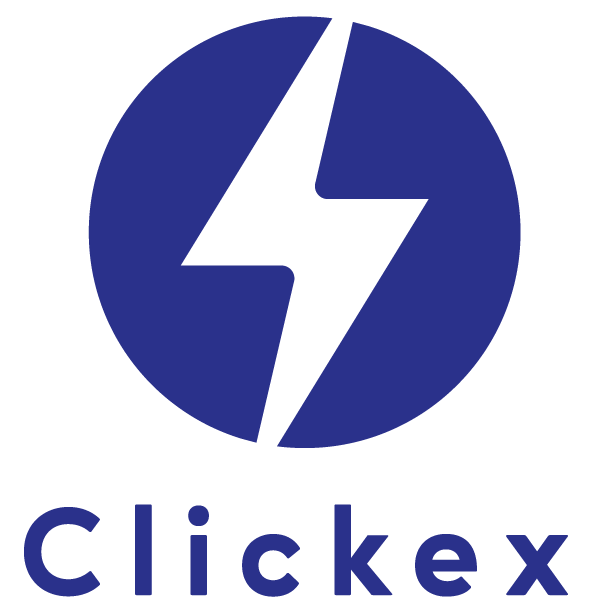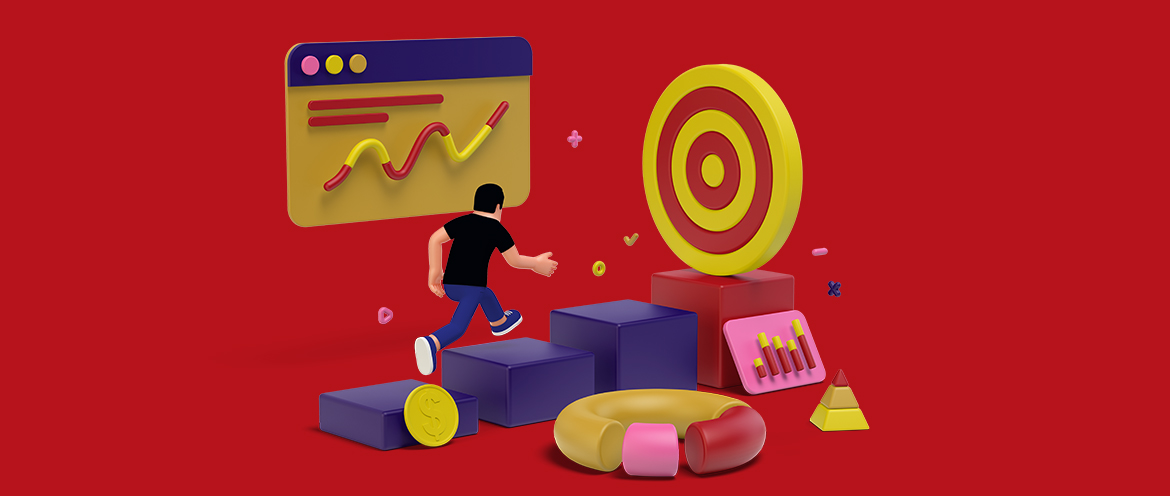Serve your B2B buyer
Pretend for a moment that you are building a startup service brand from scratch, or reinventing your current zombie brand. Or you could even be merging a web agency with a copywriting studio.
You know that putting a face to your Ideal Client Profile (ICP) is the key to having a sustainable and profitable business.
That said, you would think that defining your ICP for your B2B buyer would be pretty simple and straightforward.
But, defining the different groups of B2B buyers you aim to reach and serve is not as cut–and–dry as you might think.
The practical sense of shared language
One way to start is by pausing for a second, and thinking about your business model.
What does it currently look like? What do you want it to look like in two years, five years or even a decade from now?
Now pause again: will your client even look the same?
Chances are they won’t.
And, if your business has not evolved to serve that client, will you be among the dominant players in your industry?
Or will you be facing new competitors?
Replacing an outdated creative model starts in one place: shared language.
Believe it or not, shared language is arguably one of the most important factors that makes or breaks a business.
Does your sales team on the East Coast say the same thing on the West Coast? Does your brand speak to the same values as your client values?
Sharing the same language makes it easier to challenge assumptions and innovate successfully. It is key to getting your entire team—from the front desk to the CEO—on the same page by understanding the value you bring to your market.
Any innovative business concept has to be simple, relevant and intuitively easy to understand.
The heart of your business
Client relationships are established and maintained with each of your client segments. Your clients comprise the heart of your business model, because without clients?
Your business won’t survive for very long.
Your clients can be grouped into segments of common needs, common behaviours and common problems.
Here are some ways these groups can represent separate segments:
➡ Their needs require and justify a distinct offer
➡ They are reached through different distribution channels
➡ They require different types of relationships
➡ They have substantially different profitabilities, and
➡ They are willing to pay for different aspects of your offer
Next, if you haven’t already done so, ask yourself some important questions: for whom are you creating value? Who are your most important clients?
Answering those questions unlocks your different types of client segments, such as:
➡ It could be a niche market where you cater to a specific and specialized segment
➡ It could be a diversified market where you serve two–or–more unrelated segments, and
➡ Or it could be a multi-sided market where you serve multiple inter-dependent segments
Now that you have an idea of your ideal client segments, let’s unpick your B2B business model.
Understanding the 3 types of businesses
When you look under the hood of most companies, you will find three fundamentally different types of businesses:
➡ Product innovation businesses
➡ Customer relationship businesses, and
➡ Infrastructure businesses
Each type of business model has different economic, competitive and cultural imperatives.
The argument for your B2B buyer is first determined by what you are not: a product innovation business.
And, that’s because the role of a product innovation business hinges on determining new and attractive products or services.
Not to mention, a product innovation business is not cheap. And, because we stated at the top, you are a B2B service provider.
Maybe, even more importantly, is the fact that you can’t run a profitable business by combining all three models.
It would simply take way more than an introductory blog to explain it.
For that and many different reasons, this core business type will not be discussed today.
The sweetspot of co-existing models
Instead, the initial way forward is finding the sweetspot between a customer relationship business model and an infrastructure business model.
Customer relationship business model
The role of a customer relationship business is finding and acquiring customers, and building relationships with them.
This higher Customer Acquisition Costs (CAC) makes it imperative that you gain a larger piece of your market, and your economies of scope are key. This battle for scope means that the market is saturated and only a handful of big players dominate.
And, there is a high service orientation with a mentality that the customer comes first.
Why does an economy of scope matter for this business model?
Mostly because you can save a shit-ton of money. By combining the production of two–or–more distinct services, you can make a lot of money by simply reducing the costs it takes to produce both separately.
By combining your services, you can offer advantages to your ICP with interaction costs: the time and money you save them with your services.
Take the above example of merging a web agency with a copywriting studio.
Before the merger, were you a copywriting studio outsourcing web design and development work? Or a web agency paying another copywriting studio to write conversion copy for their clients?
That’s a lot of money added to your table by combining both of those services together.
Plus, it provides an added bonus of preventing your client from losing time switching from vendor–to–vendor. This way, you build a relationship as the expert practitioner.
Infrastructure business model
On the other hand, the role of the infrastructure business is building and managing platforms for high volume and repetitive tasks. This high-fixed cost makes large volumes essential for achieving low unit costs.
This business model has a battle for scale. Its characteristics include rapid consolidation with a handful of big players dominating the market. It is cost-focused and stresses standardization, predictability and efficiency.
Adverse to the customer relationship model, economies of scale are key.
Why?
The cost has a pay-off in terms of your ability to expand your output.
Your only drawback is the need for increasing your production abilities, so be mindful of this model’s tendency to fall flat on its face without proper processes.
Merge both models together to offer more services to your ICP, save on costs, and ramp up your revenue streams.
Engaging or reviving
If you are carefully embedding a new idea or taking what’s already there and giving it a new lease of life, your challenge is finding the sweetspot for both your client segments and your business models.
This is key because each type is driven by different factors. Mixing the wrong client with the wrong business model runs the risk of producing undesirable trade-offs within your brand.
Business model innovation is not a novel idea. The printing press was followed by the typewriter, the typewriter was upgraded by the computer, and now we face the rise of Artificial Intelligence (AI).
Everything is in a cycle: new brands are being created from scratch on the regular, while other established brands are recognizing the need for revival.
The world as we know it is in a state of continuous flux. You can either spend your time navigating that flux or, preferably, you can find a way to use it to your advantage.
Arguably, pretty much everything comes down to your mindset. Some call it a fixed mindset, some call it a growth mindset and even others call it a winning mindset.
It is either a huge problem or a huge opportunity, depending on which way you look at it. By planning for constant change, and building your business models accordingly, you can get ahead where other brands are faltering.
Ultimately, only you can decide if you want to find a spark for a revolutionary approach, or turn tradition into an advantage, but either way: take the time to give your idea a reason to resonate with your clients.
By questioning, challenging and transforming old, outdated ideas, you can become the next game-changing brand that overthrows the establishment—or make far-reaching changes with the one you already have.
Want to learn more about how Clickex is the next best click for powering your growth? Chat with our team today and let us show you how to build a legacy brand through the power of the internet.




